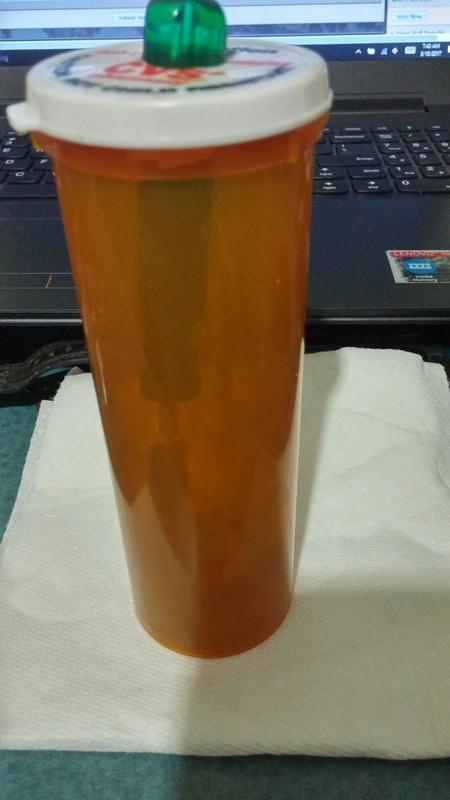There have numerous-cases of necks separating at the shoulder or at the shoulder to body junction which may be a clue to what is occurring with bullet. These are the most highly stressed areas of the case along with the interference fit between the bullet and neck.
I have seen some photos bullets that could not be removed and in those cases there appeared to be corrosion products.
The most likely corrosion mechanism for brass is stress corrosion and the most likely cause is ammonia compounds. If we were using Brasso the answer would be obvious. Since that is not the case we need to consider how other forms of contamination can occur and what role internal stresses may play.
Wet Cleaning: Ultrasonic and wet tumbling using normal tap water can introduce chemicals that may be detrimental to the brass. Based on my experience trying ultrasonic, even when rinsing in distilled water, I noticed deposits after drying and quit using that method.
Dry Tumbling: it's possible that polishing additives not desiged for brass to be a potential source of chemical contamination.
Annealing: Cooling by immersing the case in water may be potential problem. In particular if the annealing is done prior to case cleaning then the case has multiple combustion products and the case is at elevated temperature.
Obviously, the likelihood of stress corrosion increases as the brass is reloaded and resized between annealings which increases the likelihood of stress corrosion. While it shouldn't be the cause, excessive neck tension can increase the likelihood of stress corrosion.
Without chemical analysis of the cases and bullets we can only speculate what may be happening.
I am not a metallurgist and my experience with corrosion has predominantly been with carbon, low alloy and exotic high temperature chrome/nickel steels, Brass is a different animal. But I highly suspect that contact with water is the most likely cause of this phenomenon.


